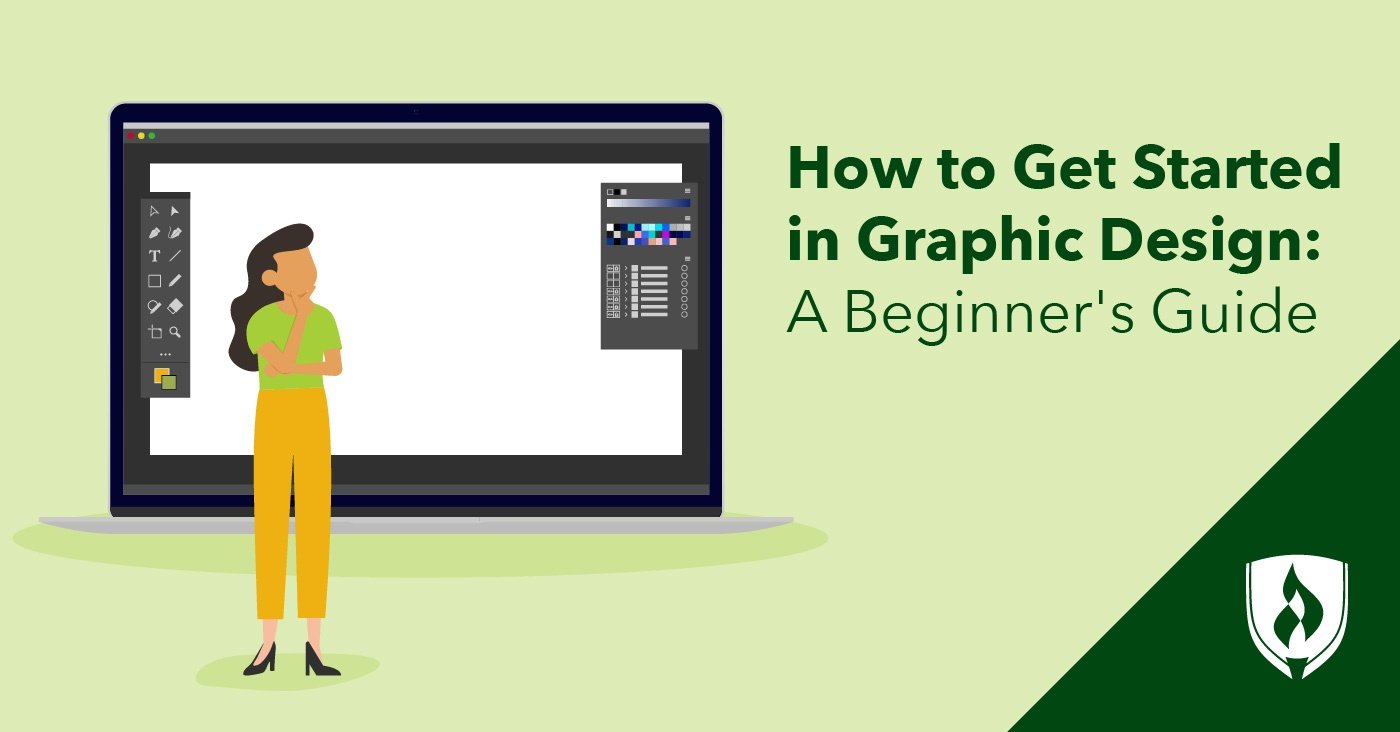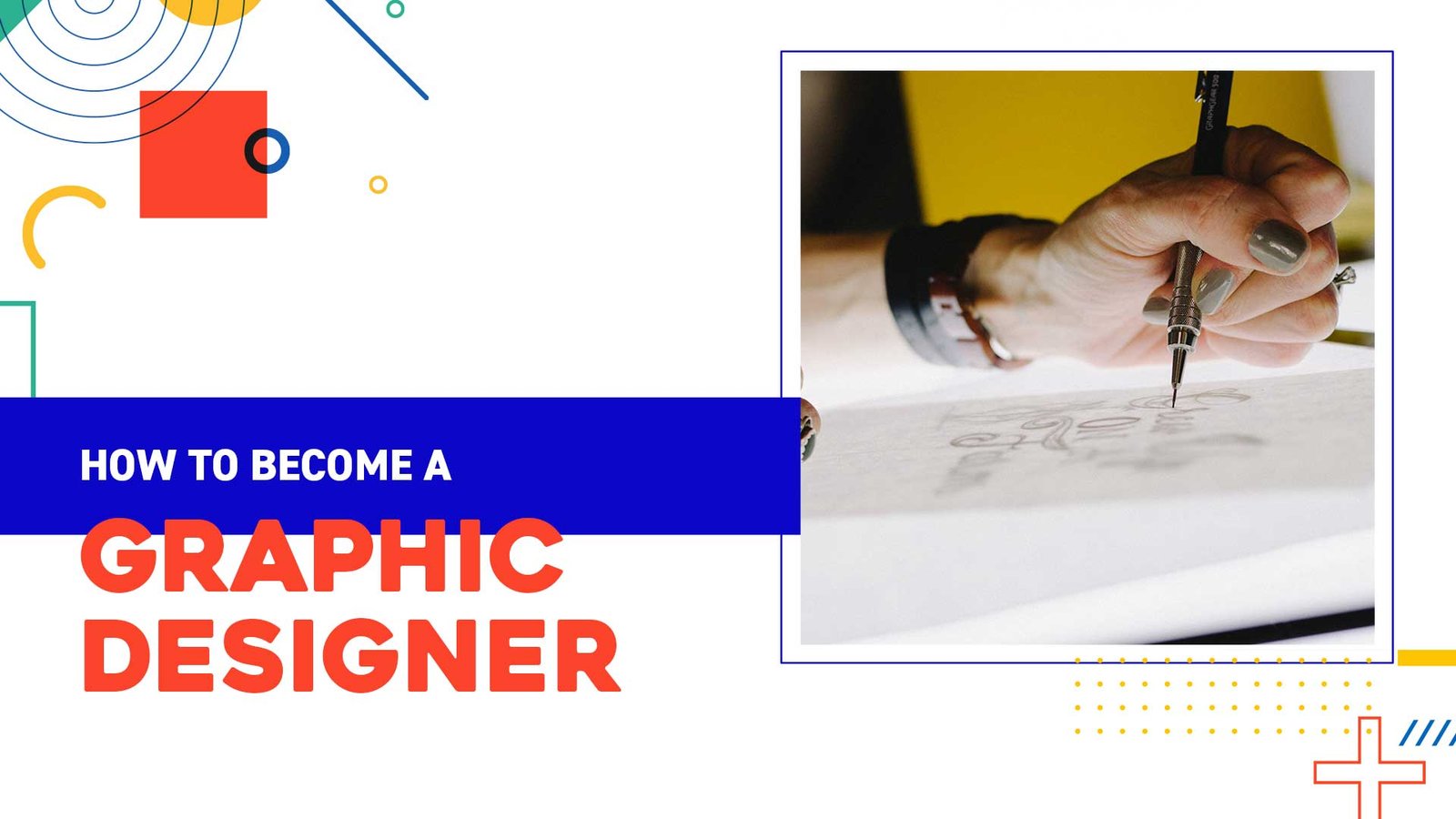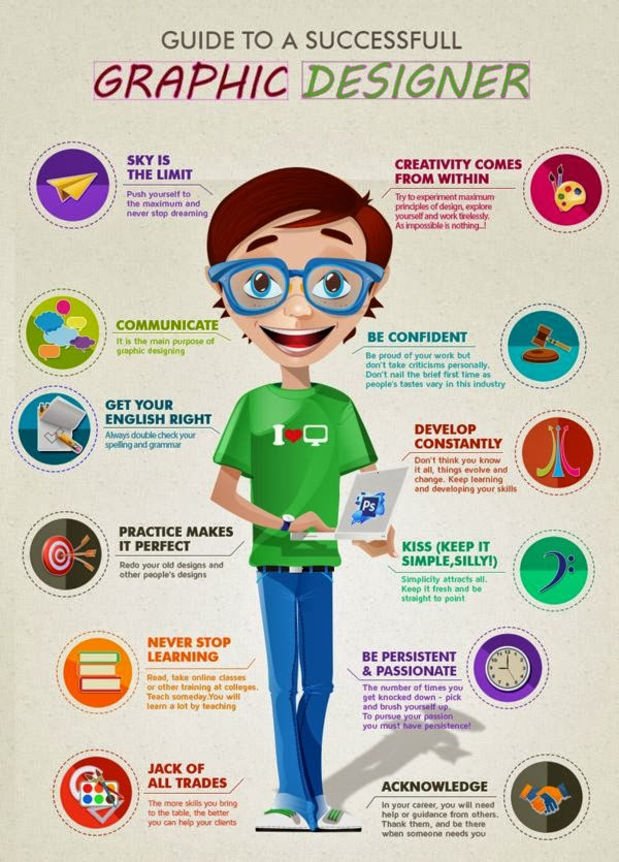Ready to kickstart your graphic design career in the USA? Look no further, because this article has got you covered! Whether you’re a student exploring the world of design or an aspiring professional seeking growth, we’ll provide you with an insightful overview of what it takes to succeed as a graphic designer in the land of opportunity. From the basic skills you need to the latest trends in the industry, get ready to unleash your creativity and make your mark in the exciting world of graphic design.

This image is property of www.rasmussen.edu.
1. Education and Training
1.1 Types of Graphic Design Programs
When it comes to pursuing a career in graphic design, there are several types of programs available for aspiring designers. These programs vary in length, intensity, and focus, so it’s important to choose one that aligns with your goals and interests.
One option is to enroll in a traditional four-year bachelor’s degree program in graphic design. These programs provide a comprehensive education in design theory, technical skills, and professional practices. They often include courses in drawing, typography, color theory, and digital design software. A bachelor’s degree can provide a solid foundation for a career in graphic design and may be preferred by some employers.
Another option is to attend a specialized graphic design school or institute that offers intensive, focused training in the field. These programs may range from a few months to two years in duration and typically cover topics such as layout design, visual communication, branding, and user experience. While these programs may not offer the same breadth of general education as a bachelor’s degree, they can provide a more targeted and industry-specific education.
Additionally, there are online graphic design programs available that offer flexibility and convenience. These programs allow students to learn at their own pace and often include video tutorials, assignments, and interactive exercises. Online programs can be a great option for individuals who are working full-time or have other commitments that make attending a traditional program difficult.
1.2 Degree Options
If you’re considering a degree program in graphic design, you’ll have several options to choose from. The most common degree in the field is a Bachelor of Fine Arts (BFA) in Graphic Design. This four-year degree provides a comprehensive education in the principles of design, typography, branding, and visual communication.
Another option is to pursue an Associate’s degree in Graphic Design. This program typically takes two years to complete and provides a foundation in design principles and software skills. An Associate’s degree can be a good option for individuals who are looking to enter the workforce more quickly or who plan to further their education at a later time.
For individuals who already have a bachelor’s degree in another field, there are also post-baccalaureate certificate programs in graphic design. These programs offer a condensed curriculum focused on the essential skills and knowledge needed to work as a graphic designer.
1.3 Certification and Professional Associations
While graphic design certifications are not required to work in the field, they can be a valuable way to demonstrate your expertise and enhance your professional credentials. Several organizations offer certifications for graphic designers, including the American Institute of Graphic Arts (AIGA) and Adobe.
AIGA offers the Certified Professional designation, which is awarded to individuals who have demonstrated a high level of professional competence in the field of graphic design. To become certified, individuals must pass a rigorous examination that tests their knowledge of design theory, technical skills, and professional practices.
Adobe, the leading provider of design software, offers several certifications that validate proficiency in their software products, such as Adobe Photoshop and Illustrator. These certifications are widely recognized in the industry and can help you stand out as a skilled designer.
In addition to certifications, joining professional associations, such as AIGA, can provide valuable networking and professional development opportunities. These associations often host events, workshops, and conferences where you can learn from industry experts and connect with other graphic designers. Being a member of a professional association can also demonstrate your commitment to your craft and enhance your credibility as a designer.

This image is property of yesimadesigner.com.
2. Building a Strong Portfolio
2.1 Importance of a Portfolio
When it comes to landing a job in graphic design, having a strong portfolio is essential. Your portfolio is essentially a collection of your best work that showcases your skills, creativity, and unique style as a designer. Employers often rely heavily on portfolios when evaluating candidates, as they provide tangible evidence of your abilities and potential.
A well-curated portfolio can make a lasting impression on potential employers and clients. It allows them to see the range of projects you’ve worked on, your design process, and the quality of your work. A portfolio also provides an opportunity to demonstrate your ability to solve design problems, think critically, and communicate visually.
2.2 Showcasing a Variety of Work
When assembling your portfolio, it’s important to include a variety of work that showcases your skills in different areas of graphic design. This can include projects from your education, freelance work, internships, or personal projects. Including diverse examples of your work demonstrates your versatility as a designer and shows that you can adapt to different styles and design challenges.
Consider including examples of different types of projects, such as branding and logo design, print collateral, digital design, web design, illustration, and typography. Including both finished projects and work-in-progress can also provide insight into your design process and problem-solving abilities.
It’s also a good idea to include a mix of client work and personal projects in your portfolio. Client work demonstrates your ability to work collaboratively and meet the needs of specific audiences, while personal projects showcase your creative thinking and self-direction as a designer.
2.3 Using Online Platforms to Showcase Work
In addition to creating a physical portfolio, it’s important to have an online presence where you can showcase your work to a wider audience. Online platforms, such as Behance, Dribbble, and Squarespace, allow you to create a digital portfolio that can be easily shared with potential employers and clients.
These platforms provide a professional and visually appealing way to showcase your work, and many offer features such as project thumbnails, image galleries, and project descriptions. You can also include information about your background, skills, and contact information to make it easy for potential clients or employers to get in touch with you.
Having an online portfolio also allows you to connect with other designers and potential collaborators. You can follow and engage with other designers, join design communities, and participate in design challenges and competitions. These online interactions can help you stay inspired, learn from others, and expand your professional network.
Continued below…

This image is property of cdn.yurishwedoff.com.